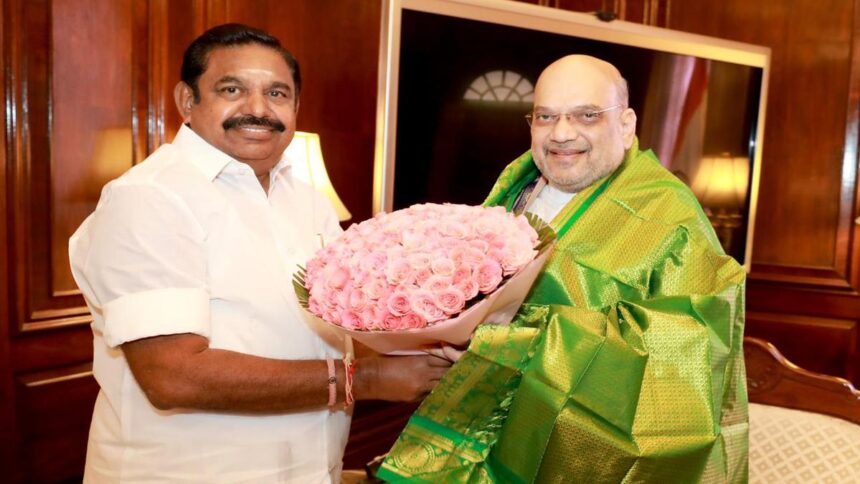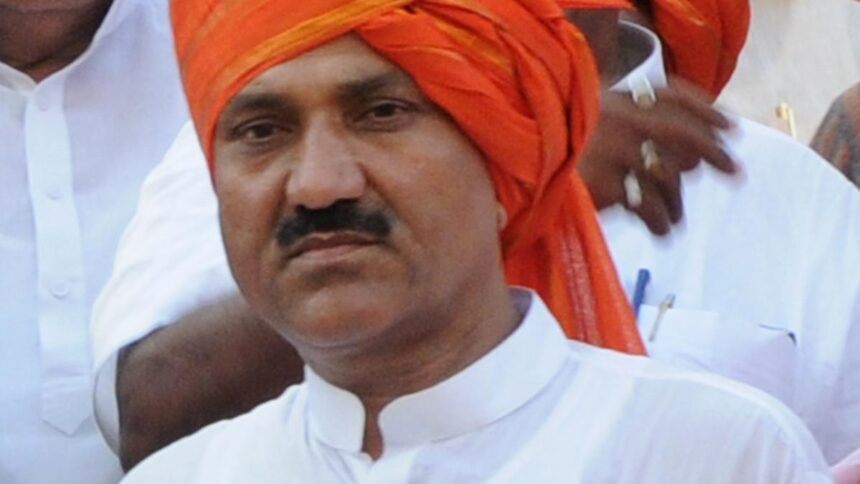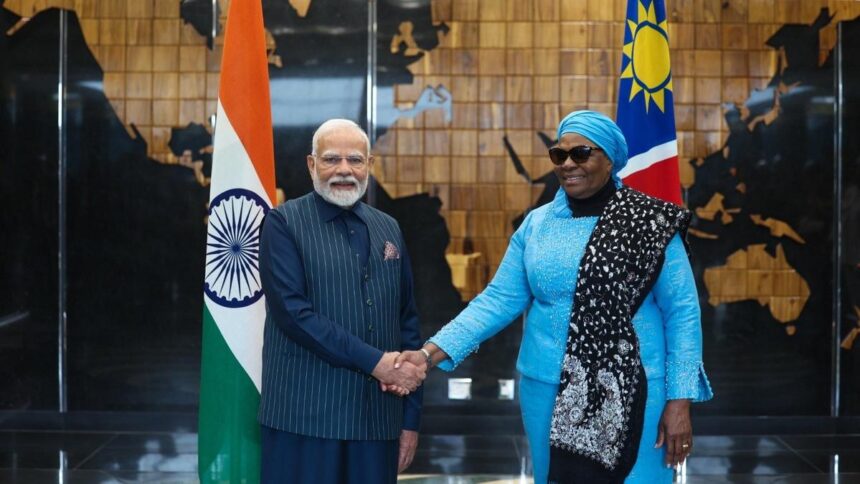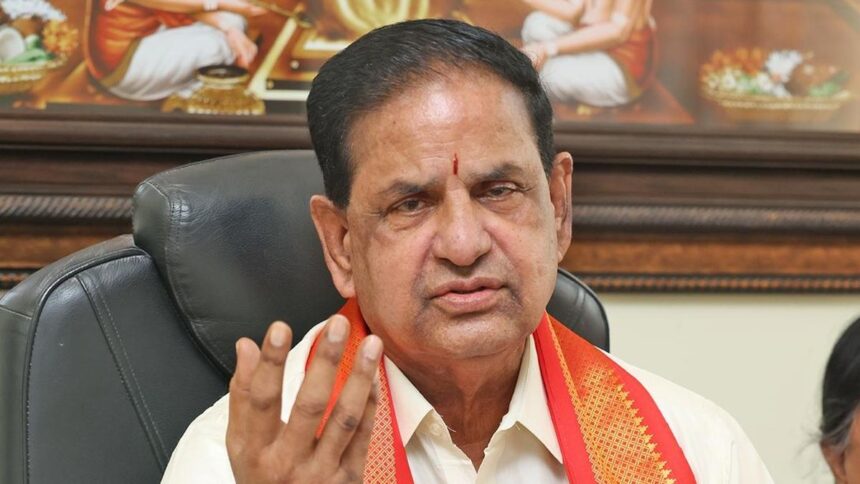India’s path to becoming a republic was paved with a range of constitutional visions articulated by diverse political thinkers and movements before the adoption of the 1950 Constitution. Between 1895 and 1948, various drafts were proposed reflecting contrasting ideologies — from early liberalism to Gandhian decentralism to radical socialism. These five key constitutional drafts that preceded the final Constitution offer insights into differing interpretations of sovereignty, governance, economic justice, and cultural identity.
Early constitutional visions
The Constitution of India Bill, 1895, attributed anonymously but often linked to early nationalists like Bal Gangadhar Tilak, was one of the earliest efforts to frame a constitution for self-rule within the British Empire. Containing 110 articles, this draft proposed representative government, individual rights, legal equality, and a clear separation of powers. It emphasised civil liberties such as freedom of speech, the right to property, and equality before the law, setting forth a legalistic and liberal vision inspired by British constitutional models. It was more an aspiration for dominion status than a call for complete independence.
In contrast, M.N. Roy’s Constitution of Free India: A Draft (1944), created under the Radical Democratic Party, was grounded in the philosophy of radical humanism and advocated a participatory form of democracy. Roy envisioned a federal India composed of linguistically organised provinces and promoted popular sovereignty as the bedrock of governance. His draft introduced the right to revolt as a safeguard against tyranny and featured a robust Bill of Rights encompassing civil and socio-economic guarantees. Citizens’ committees were proposed to ensure grassroots participation, making Roy’s vision strikingly ahead of its time in its emphasis on decentralisation, transparency, and social accountability. This document went well beyond traditional liberalism, promoting direct democratic control and economic equity.
A distinctive feature of Roy’s draft was its rejection of parliamentary sovereignty in favour of a constitutionally entrenched republic where citizens, not legislators, were the ultimate locus of power. Roy’s insistence on institutionalising political education, through mechanisms such as citizens’ committees, highlighted his commitment to transforming subjects into active citizens. The draft was also unique in its clarity and precision: the Preamble defined the republic as a “free, secular, federal, and democratic” polity, and the structure of government envisioned checks against bureaucratic centralism through provincial autonomy and public participation. Importantly, Roy’s draft placed economic and social rights on equal footing with civil liberties — anticipating the eventual Fundamental Rights–Directive Principles split in the 1950 Constitution. Yet unlike the non-justiciable nature of the Directive Principles, Roy’s socio-economic rights were enforceable and binding.
Homogenous yet secular
The Constitution of the Hindusthan Free State Act (1944), associated with nationalist right-wing circles such as the Hindu Mahasabha, presented a sharply contrasting perspective. It proposed a unitary state structure and declared India a sovereign “Hindusthan Free State,” emphasising cultural unification through one language, one law, and one national culture. Yet, contrary to prevailing assumptions, the draft did explicitly guarantee religious freedom and equal treatment across castes and creeds. It affirmed freedom of conscience and the right to profess, practise, and propagate religion subject to public order and morality. It barred the State from endowing any religion or discriminating based on religious belief. The draft also explicitly rejected any state religion for the Hindusthan Free State or its provinces and prohibited the use of public funds for sectarian purposes. These provisions underscore a commitment to formal secularism and non-discrimination in public employment and education, despite the document’s culturally homogenising tone and emphasis on national unity. The juxtaposition of these liberal guarantees with an overarching nationalist framework reflects the tensions within the ideological thrust of the draft.
In addition, the 1944 draft was one of the few to contain an explicit reference to the right of secession, stating that provinces could opt out of the Union under certain conditions — an unusual feature given its otherwise unitary orientation. It also mandated the state to promote “moral and spiritual values,” thus embedding a civilisational mission into its constitutional logic. Its provisions for emergency powers and the duties of citizens echoed a strong state-centric ethos, while still including democratic processes such as direct election to the legislature and regular judicial review.
Decentralism to socialist democracy
On a very different note, the Gandhian Constitution for Free India, drafted in 1946 by Shriman Narayan Agarwal with a foreword by Mahatma Gandhi, sought to ground India’s constitutional framework in indigenous traditions and moral values. This draft was built upon Gandhi’s principles of non-violence, trusteeship, and rural self-sufficiency. It proposed a confederation of self-sustaining village republics (gram swaraj) as the basic unit of governance. Rejecting both industrial capitalism and Western legalism, the Gandhian model envisioned decentralised, minimalist governance led by ethical self-regulation rather than law enforcement. With its strong focus on khadi, agriculture, and cottage industries, it aimed to create a self-reliant, spiritually grounded republic, though critics found it impractical for governing a complex modern state.
Strikingly, however, the draft included a provision for the right to bear arms — a somewhat ironic inclusion in a constitution guided by Gandhian non-violence. Article 6 of the draft proclaimed that “every citizen shall have the right to keep and bear arms in accordance with such regulations as may be made by the Legislature,” revealing a pragmatic concession to the need for self-defence or resistance, even within a pacifist framework. This dissonance between the ideal of ahimsa and the constitutional recognition of arms underscores the tensions inherent in attempting to reconcile ethical philosophy with the imperatives of statecraft.
By 1948, the Socialist Party, under the leadership of Jayaprakash Narayan, offered its Draft Constitution of the Republic of India as a counter-proposal to the official draft prepared by the Constituent Assembly. This document was firmly rooted in Marxist and democratic socialist thought, advocating the nationalisation of all major industries, banks, and key services. It called for the abolition of private ownership of the means of production and proposed land reforms and workers’ control over factories. This socialist draft envisioned a unicameral legislature composed of representatives from key social groups —workers, peasants, and intellectuals — thus rejecting the traditional liberal representative model in favour of a class-based system. It went further to assert that all land and natural resources were national property, and that planning would be conducted by a Central Planning Commission accountable to the legislature. Strikingly, the draft also offered an early commitment to gender equality and prohibited caste discrimination in any form. Civil liberties were acknowledged, but the document prioritised economic democracy, with socio-economic rights taking precedence over procedural safeguards. While it was bold in its redistributive commitments, the draft was less detailed in its administrative and judicial architecture, assuming that radical economic transformation would organically support political democracy.
Comparative analysis
When viewed comparatively, these drafts reflect divergent paths for India’s future republic. The 1895 Bill and Roy’s draft both championed democracy, but Roy’s version expanded it through mechanisms like the right to revolt and participatory governance, departing significantly from the legalistic, elite-centred liberalism of the earlier proposal. Centralisation versus decentralisation is another crucial axis of comparison. While the Hindusthan Free State Act and the Socialist Party draft leaned towards a strong centralised authority to preserve national unity or effect economic restructuring, Roy’s and the Gandhian drafts were deeply committed to decentralised governance, albeit in different ways — Roy through institutional federalism and democratic oversight, and Gandhi through autonomous village self-rule grounded in moral authority.
Economically, the spectrum ranged from the minimalist and agrarian Gandhian model, to Roy’s emphasis on democratic economic planning, to the Socialist Party’s full-fledged state socialism. The Hindusthan Free State draft, while largely silent on economic redistribution, offered a more complex picture than often presumed — it prioritised national cohesion but enshrined specific liberal protections around religious freedom and equality. Meanwhile, the 1895 Bill reflected an absence of economic radicalism, concerned primarily with civil liberties and political representation. Cultural and identity politics also played out markedly differently. The Hindusthan Free State draft projected a homogenised, majoritarian cultural identity, in contrast to the pluralistic and secular ethos implicit in Roy’s draft and the Socialist Party’s vision. The Gandhian model, while rooted in Indian traditions, emphasised unity through moral and communal harmony rather than cultural uniformity.
On civil liberties, the 1895 Bill and Roy’s draft were strongest, both incorporating detailed rights frameworks. The Socialist Party draft prioritised economic rights over political ones, whereas the Gandhian draft focused more on duties and community values than on formal rights. The Hindusthan Free State draft, while ideologically nationalist, nevertheless provided robust constitutional guarantees for religious freedom and non-discrimination, challenging the assumption that it was devoid of liberal principles. In all, these constitutional drafts capture a vibrant pre-independence debate on the nature of the Indian state, reflecting ideological diversity and differing assumptions about governance, society, and citizenship. Though none of these drafts were adopted wholesale, elements from each filtered into the 1950 Constitution. Roy’s ideas on decentralisation and rights, the Gandhian notion of panchayati raj, the Socialist commitment to economic justice, and even the legalistic structure of the 1895 Bill all left their mark. Their greatest contribution, however, may lie in showcasing the democratic imagination at play even before the republic was born — a testament to India’s rich constitutional legacy and the multitude of futures it once contemplated.





















